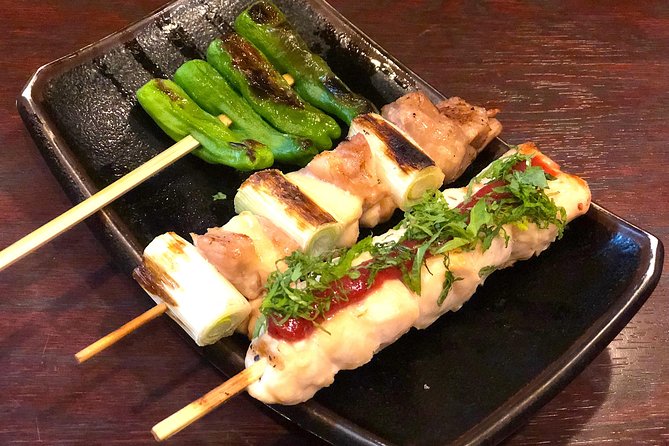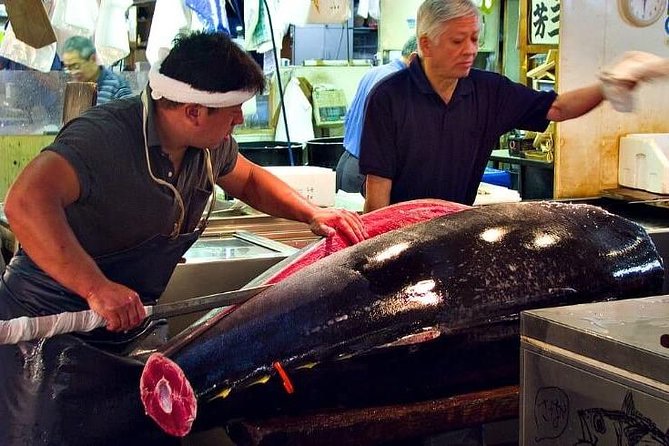Let’s Make Kimono! (Kimono Is a Gift for You) offers an immersive and informative experience for those seeking to dive into the world of traditional Japanese fashion. This unique activity allows participants to learn about the intricate craftsmanship behind the iconic kimono. Led by skilled artisans, visitors get the chance to create their own kimono, from selecting fabrics and patterns to mastering sewing techniques.
This hands-on approach provides a deep understanding of the rich history and cultural significance of the kimono. Whether you’re a fashion enthusiast, history buff, or simply curious about Japanese traditions, this article will guide you through the details of this immersive activity.
From what to expect, additional information, cancellation policies, and traveler reviews, Let’s Make Kimono! promises an engaging and informative experience for all who desire the freedom to explore Japanese fashion and culture.
Quick Takeaways
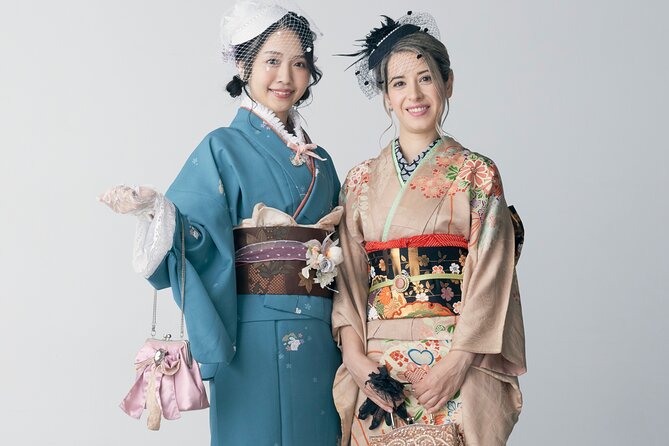
- Kimono originated in ancient Japanese civilization and is a symbol of national identity and heritage.
- There are different types and fabrics of kimono, each with its own unique characteristics and suitable for different occasions.
- Kimono accessories play an important role in complementing the overall look and reflect Japanese values and traditions.
- Proper care, maintenance, and preservation of kimono are essential to ensure their longevity and cultural significance.
History of Kimono
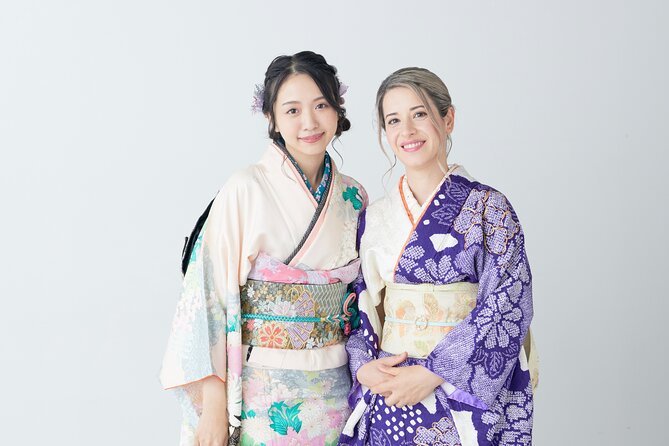
When did the history of Kimono begin?
The origins of kimono can be traced back to the ancient Japanese civilization. The kimono, a traditional Japanese garment, has a rich and fascinating history that dates back over a thousand years. It was initially influenced by Chinese clothing styles, but it soon developed its own unique characteristics.
The cultural significance of kimono is deeply rooted in Japanese traditions and customs. It isn’t just a piece of clothing, but a symbol of national identity and heritage. The kimono is often worn on special occasions such as weddings, tea ceremonies, and festivals. It reflects the Japanese values of simplicity, elegance, and respect for tradition.
The artistry and craftsmanship involved in creating a kimono is highly regarded and appreciated by the Japanese people. The history of kimono is an integral part of Japanese culture, representing the country’s rich heritage and artistic traditions.
Different Types of Kimono
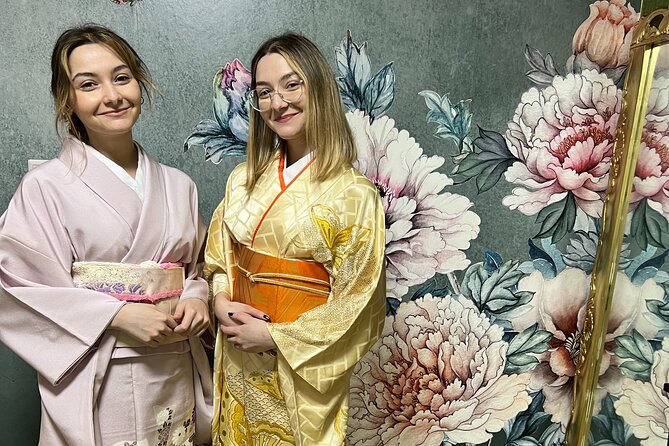
There are various types of kimono that showcase the diversity and beauty of Japanese traditional clothing. Kimono fashion has evolved over centuries, and today there are different styles and designs to suit various occasions and preferences.
One popular type is the Furisode, which is characterized by its long sleeves and vibrant colors, often worn by young, unmarried women on special occasions.
Another type is the Houmongi, which features a more subtle design and is commonly worn by married women.
The Uchikake is a heavily embroidered kimono, often used as a bridal gown or for stage performances.
In modern culture, the kimono has also been adapted into contemporary fashion, with designers incorporating kimono elements into their designs.
This fusion of traditional and modern styles has brought new life to the kimono, making it a versatile and timeless garment.
Kimono Fabrics and Patterns
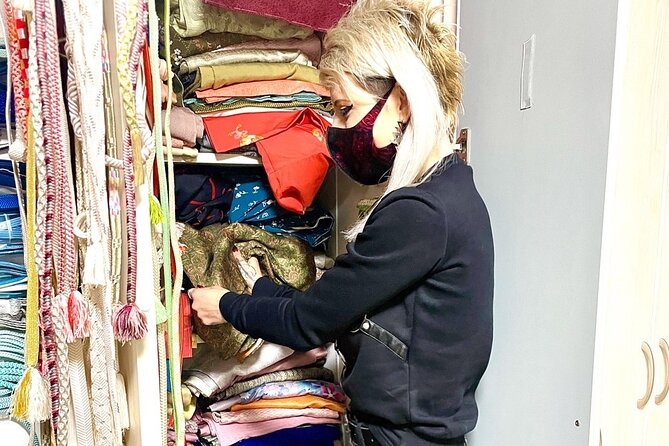
Kimono fabrics and patterns play a significant role in showcasing the diversity and artistry of Japanese traditional clothing. The fabric used for kimono varies depending on the season and occasion. Silk is the most common fabric, known for its luxurious feel and vibrant colors. Other materials such as cotton, wool, and synthetic fibers are also used. The patterns on kimono are called "wagara" and are often inspired by nature, such as flowers, birds, and landscapes. Traditional patterns like "ichimatsu" (checkerboard) and "seigaiha" (blue wave) are still popular today. In modern culture, kimono fashion trends have emerged, with designers incorporating contemporary elements into the traditional garment. Kimono can now be seen in various forms, from casual everyday wear to elegant formal attire, reflecting the enduring allure of this iconic Japanese garment.
| Fabric | Description | Common Use |
|---|---|---|
| Silk | Luxurious, vibrant colors | Formal occasions, ceremonies |
| Cotton | Lightweight, breathable | Everyday wear, summer kimono |
| Wool | Warm, cozy | Winter kimono, colder climates |
| Synthetic fibers | Durable, easy to care for | Casual wear, modern kimono |
Keywords: kimono fabrics, kimono patterns, wagara, ichimatsu, seigaiha, kimono fashion trends, kimono in modern culture.
Traditional Kimono Accessories
As we explore the world of traditional kimono accessories, it’s important to understand their significance in complementing the fabric and patterns of this iconic Japanese garment.
Traditional kimono hairstyles play a vital role in completing the overall look. These hairstyles are often intricate and elegant, with various ornaments and accessories used to adorn the hair. From ornate hairpins to delicate hair combs, these accessories enhance the beauty and grace of the wearer.
Plus, kimono accessories hold cultural significance in Japanese society. They reflect the values and traditions of the country, showcasing the attention to detail and craftsmanship that’s highly regarded. Each accessory is carefully chosen to harmonize with the kimono, creating a harmonious and balanced ensemble.
The cultural significance of kimono accessories extends beyond fashion, representing a connection to the past and a celebration of Japanese heritage.
Step-by-Step Guide to Making a Kimono
To begin the process of creating a kimono, gather the necessary materials and prepare to embark on a journey of craftsmanship and creativity. Making a kimono requires attention to detail and an understanding of kimono design techniques. It is important to stay updated on current kimono fashion trends in order to create a stylish and modern garment. Here is a step-by-step guide to making a kimono:
| Step | Description |
|---|---|
| 1 | Choose the fabric for your kimono. Traditional fabrics such as silk or cotton are commonly used. |
| 2 | Measure and cut the fabric according to your body measurements. Take into account the length and width of the kimono. |
| 3 | Sew the fabric together, starting with the sleeves and then attaching the front and back panels. |
| 4 | Add any desired embellishments such as embroidery or appliques. |
| 5 | Finish the kimono by hemming the edges and adding a lining if desired. |
Following these steps will result in a beautifully crafted kimono that showcases your individual style and creativity.
Tips for Choosing the Right Kimono
How can one ensure they select the perfect kimono?
When choosing a kimono, it’s important to consider current kimono fashion trends and how the kimono will be styled for special occasions. Kimono fashion trends change over time, so it’s helpful to research and stay updated on the latest styles.
For special occasions such as weddings or formal events, it’s common to choose a kimono with more intricate designs and vibrant colors. The kimono should also be chosen based on the individual’s body shape and size to ensure a flattering fit.
Plus, considering the fabric and quality of the kimono is essential for both comfort and durability.
How to Wear a Kimono Properly
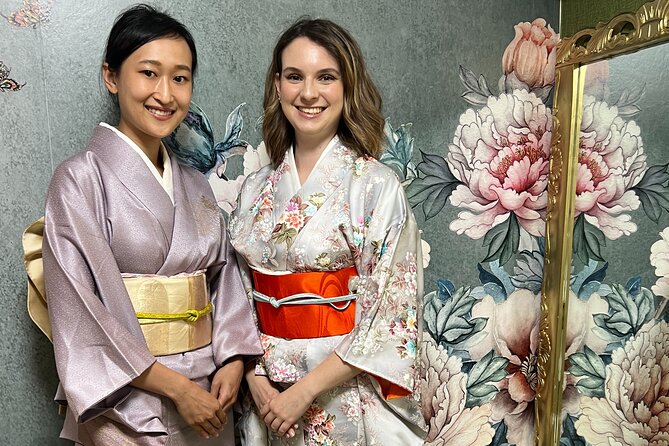
To properly wear a kimono, one should start by wrapping the obi around the waist. The obi is a wide belt that secures the kimono and creates a defined silhouette. Once the obi is secure, the kimono can be adjusted to ensure a proper fit. It is important to note that there are different styles of kimono for different occasions, such as formal events or casual outings. To stay up-to-date with kimono fashion trends, one can experiment with different colors, patterns, and accessories. Some popular kimono styling tips include layering the kimono with a haori jacket or adding a decorative obi-jime to enhance the overall look. By following these guidelines, anyone can confidently wear a kimono and embrace the freedom of this traditional Japanese garment.
| Column 1 | Column 2 | Column 3 |
|---|---|---|
| Start by wrapping the obi around the waist | Experiment with different colors, patterns, and accessories | Layer the kimono with a haori jacket |
| Ensure a proper fit | Stay up-to-date with kimono fashion trends | Add a decorative obi-jime for extra flair |
| Different styles of kimono for different occasions | Embrace the freedom of wearing a kimono |
Care and Maintenance of Kimono
Kimono requires regular care and maintenance to ensure its longevity and preserve its beauty. Proper care involves techniques such as handwashing, avoiding direct sunlight, and storing it in a cool, dry place. When washing a kimono, it’s important to use gentle detergents and to avoid scrubbing or wringing the fabric. Plus, it’s recommended to have a professional kimono cleaner handle delicate fabrics or intricate designs.
Preservation also includes protecting the dyeing techniques used in the kimono. Certain dyes are prone to fading, so it’s important to avoid exposure to harsh chemicals or excessive washing.
As for fashion trends, kimono styles and patterns may change over time, reflecting the evolving tastes of wearers. However, the beauty of a well-maintained kimono can transcend trends and stand the test of time.
Common questions
How Long Does It Take to Make a Kimono?
The kimono production process involves intricate traditional techniques. It can take several weeks to several months to make a kimono, depending on the complexity of the design and the skill of the artisan.
Can I Choose My Own Fabric for the Kimono?
Yes, participants can choose their own fabric for the kimono. The experience offers custom designs, allowing individuals the freedom to select the materials that best suit their preferences and create a unique garment.
Is It Difficult to Learn How to Make a Kimono?
Learning how to make a kimono does have a learning curve, as it requires mastering traditional techniques. However, with proper guidance and practice, anyone can learn this beautiful art form and create their own unique kimono.
Can I Make a Kimono for Someone Else as a Gift?
Yes, participants can make a kimono as a gift for someone else. They will have the opportunity to learn about making kimono patterns and traditional kimono designs during the workshop.
Are There Any Age Restrictions for Participating in the Kimono-Making Experience?
There are no age restrictions for participating in the kimono-making experience. This activity allows individuals of all ages to enjoy the cultural significance of creating a traditional garment.
The Sum Up
To sum it up, the immersive experience of making a kimono offers travelers the chance to explore the rich history and cultural significance of this traditional Japanese garment.
From learning about the intricate craftsmanship to selecting fabrics and mastering sewing techniques, participants gain a unique hands-on experience.
Whether you’re a fashion enthusiast, history buff, or simply curious about Japanese traditions, this activity provides an engaging and informative opportunity to create your very own kimono.




